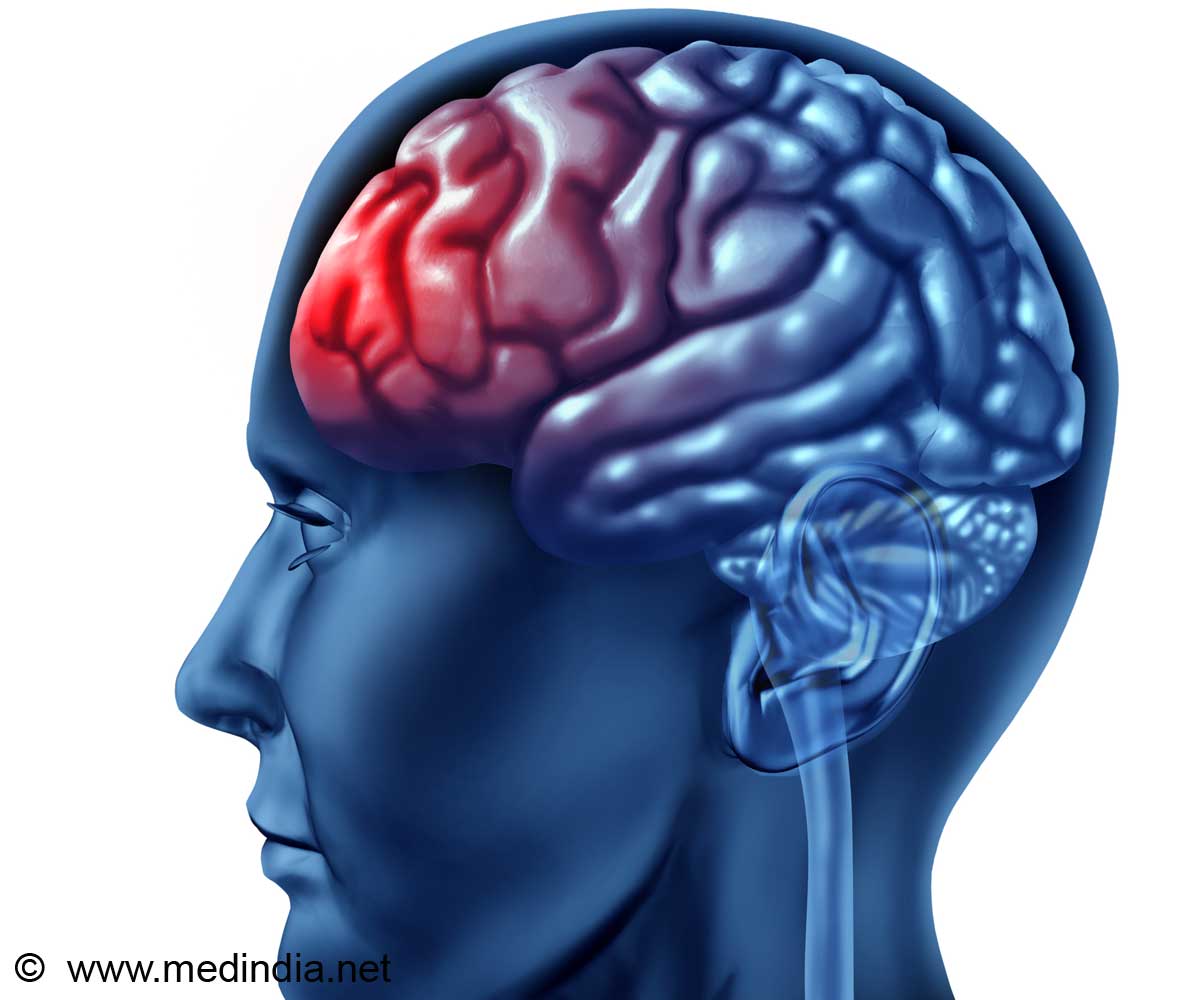
The findings are crucial to the development of diagnostic tests and genetic counselling for families, and provide insights into a new mechanism for these disorders of the brain.
Currently, there are no cures for leukodystrophies, which are a group of inherited neurodegenerative disorders affecting preferentially the white matter of the brain.
White matter serves to cover nerve cell projections called axons, allowing nerve impulses to be correctly transmitted.
The study identified the first mutations in the POLR3A gene in families from Quebec. Mutations in the same gene were found in patients from the USA, Syria, Guatemala, France, and other European countries.
The international team was led by Drs Bernard Brais and Genevieve Bernard and included scientists from Montreal, Washington D.C., Dallas, Beirut, Paris, Clermont-Ferrand, and Bordeaux.
Advertisement
"We identified many different mutations in the POLR3A gene which codes for a key subunit of RNA Polymerase III (Pol III), a highly conserved protein complex with a crucial role in gene expression, and many other important pathways," Dr. Brais explained.
Advertisement
The findings have been published in the September issue of the American Journal of Human Genetics.
Source-ANI












